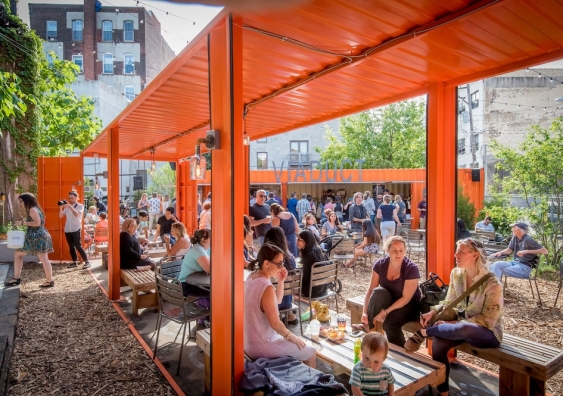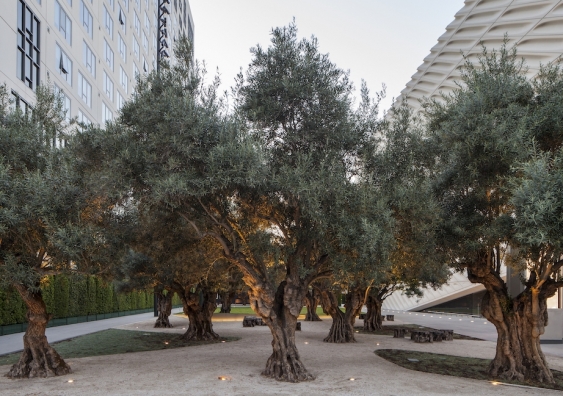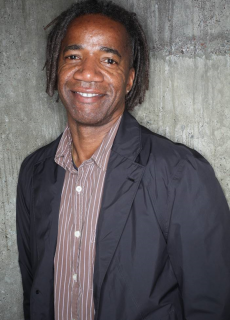For Professor Walter Hood, people lie at the heart of landscapes.
“Landscape is not just about paving patterns and planting plans,” he says. “Each landscape tells a story about us — our fears, our values and attitudes of who we are and how we want to live in a place.”
Understanding the needs of the people is where the professor shines.
Walter Hood is Professor of Landscape Architecture & Environmental Planning and Urban Design at the University of California, Berkeley, and is the creative director and founder of Hood Design Studio in Oakland, California.
Established in 1992, Hood Design Studio has a global reputation for uniquely imagining urban spaces that are ‘public sculpture’, full of beauty.
Instead of standardised analytical practices, the studio uses ‘research’ – including archival and oral histories, physical, environmental and social patterns and practices – to uncover familiar and untold stories. This ensures every project is authentic to how people inhabit the space through life, work and play.
Take the Broad Museum Plaza, the inviting outdoor space adjacent to Upper Grand Avenue in downtown Los Angeles. Century-old Barouni olive trees were transplanted from a defunct orchard, and repurposed tree trunks from the same nursery are used for tables and seating below their canopy. A lawn is a venue for The Broad’s outdoor public programming, which includes films, performances, receptions and educational programs, as well as events produced with the restaurant.
For Professor Hood, landscape design goes beyond even the aesthetic or the introspective. The project must serve a larger purpose, such as the development of community and the revitalisation of the neighbourhood. He says it’s his imperative to engage, empower and connect communities with his work.
“There tends to be too much focus on the environment and less about people – you can’t care for one without the other.”
“We can’t stand idly by and let groups of communities become marginalised in the making of landscapes.”
Equally, his work operates as a reconciliation process, seeking to assimilate multiple layers of history into the present. He says that understanding and empathy is the way to design a landscape that is true to itself throughout time.
“History forces us not to forget … and who records history gets the opportunity to be prophetic. It is also the context for reconciliation … particularly in the post-colonial world. I’m [always] amazed at how many histories we are uncovering in the contemporary landscape.
“This means that where covered up ... to truly move forward, we need to reconcile the past.”
It is a message that is clearly resonating. Professor Hood’s TED Talk has had more than 1 million views since its release in August 2018.
“I believe we are at a moment in time where people are searching for meaning in the world around them,” he says.
He admits his approach to landscape architecture is not without challenge – but that challenge is a necessary one.
“It’s important that we get people to invest in the places and people that need the most investment … rather than the continued investment in places of low impact.”

Communities connecting in Viaduct Rail Park, Philadelphia, PA. Photo: Hood Design Studio.
In ‘How Urban Spaces Can Preserve History and Build Community’, Professor Hood will explore five simple concepts that guide his approach to creating spaces that illuminate shared memories and force us to look at one another in a different way.
UNSW Built Environment's UTZON Lecture Series features industry experts and academics whose inspiring work shapes the world's future cities for the benefit of all people and the planet.
What: UTZON Lecture | How Urban Spaces Can Preserve History and Build Community, by Professor Walter Hood
When: Tuesday 14 May 2019, 5:30 pm
Where: Ainsworth G03, UNSW Sydney
Register for the UTZON Lecture.




